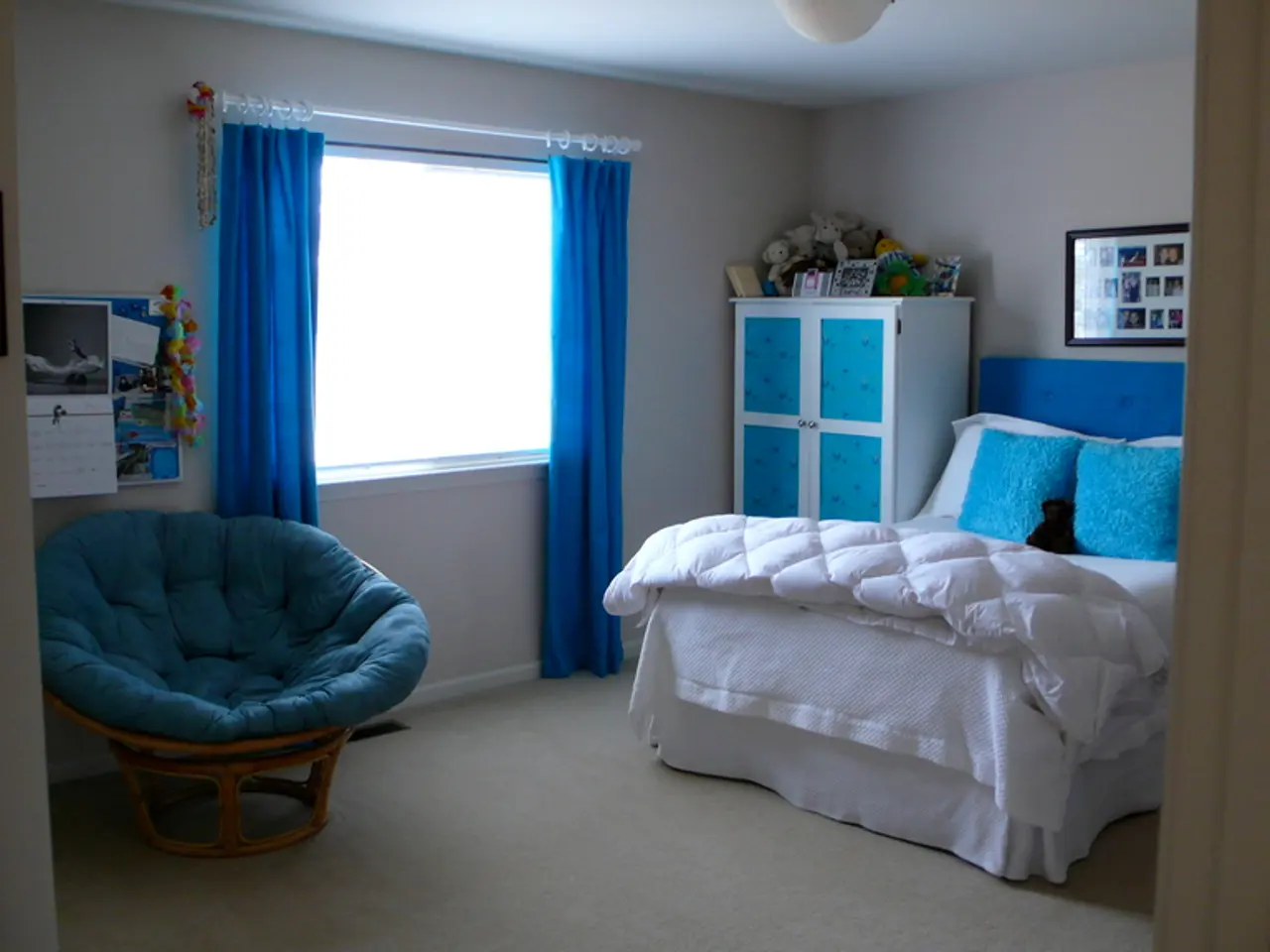Achieving an optimal room layout for enhanced comfort in your living space
In the realm of interior design, arranging furniture can often be a daunting task. However, by following some common guidelines, you can create a functional and aesthetically pleasing space that suits your needs and personal style.
1. **Start with a Focal Point** Every room needs a central element to draw attention. This could be a fireplace, large window, or artwork. Arrange furniture around this focal point to create a cohesive look.
2. **Balance and Symmetry** Ensure the layout is balanced by distributing visual weight evenly. While symmetry can create a peaceful atmosphere, it isn't always necessary for a well-designed space.
3. **Consider Traffic Flow** Leave enough space for comfortable movement. Avoid blocking doorways or placing furniture in walkways to maintain a smooth flow through the room.
4. **Scale Appropriate Furniture** Choose furniture that fits the scale of the room. Oversized pieces can make a small room feel cramped, while tiny furniture can get lost in a large space.
5. **Zone the Space** In open-plan areas, use furniture to define different zones without closing off spaces, creating a sense of separation while maintaining openness.
## When to Break These Guidelines
1. **Unique Spatial Constraints** If a room has unique architectural features or irregular shapes, breaking traditional guidelines can help maximize space or highlight these features.
2. **Personal Style and Aesthetic** Ignoring traditional layout rules can lead to a more personalized and effective space. If you want to create a unique and eclectic look, combining mismatched pieces thoughtfully can add character to a room.
3. **Functional Needs** If a room has specific functional requirements different from the norm—such as a home office in a living room—breaking traditional guidelines might be necessary to accommodate these needs effectively.
4. **Innovative Design** For those looking to achieve a fresh or avant-garde look, stepping away from conventional layout rules can result in a truly distinctive space that reflects contemporary design trends.
5. **Flexibility in Large Rooms** As rooms become larger or secondary in function, the list of possible furniture arrangements becomes more flexible. This flexibility allows for the creation of functional groups, such as small seating areas, games tables, bars, and floor lamps.
6. **Comfort and Ease** When arranging furniture, consider comfort and ease, such as being able to sit and read with a drink and see one's book or paper.
By understanding when to apply and when to break these guidelines, you can create a space that not only looks great but also functions well according to your needs and personal style.
- To emphasize a room's unique architectural elements or irregular shapes, you might choose to break traditional furniture-arrangement guidelines.
- To create a more personalized and effective space that reflects your style and aesthetic, you may consider ignoring some conventional layout rules.
- If a room has specific functional needs, such as a home office within a living room, it may be necessary to break traditional guidelines to accommodate these needs.
- For those who wish to achieve a fresh or avant-garde look, deviating from conventional layout rules can result in a truly distinctive space that reflects contemporary design trends.
- In larger rooms, or rooms of secondary function, the list of possible furniture arrangements becomes more flexible, allowing for the creation of functional groups like seating areas, games tables, and bars.
- When arranging furniture, always consider your comfort and ease, such as being able to sit and read with a drink and see one's book or paper.




